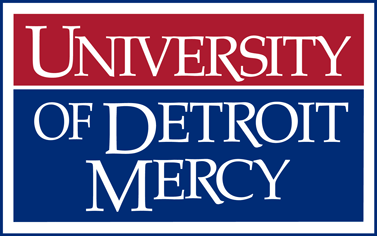Below is a summary of the abstract you submitted. Presenting author(s) is shown in bold.
If any changes need to be made, you can modify the abstract or change the authors.
You can also download a .docx version of this abstract.
If there are any problems, please email Dan at dar78@pitt.edu and he'll take care of them!
This abstract was last modified on May 9, 2016 at 9:15 p.m..

This past fall eight novel bacteriophage were isolated as part of the HHMI SEA-Phages course at the University of Detroit Mercy. Two phages were submitted for sequencing and genomic annotation. Here we present the genomic annotation of the A3 cluster phage, Kady. Kady was isolated from an enriched soil sample from Warren, MI using Mycobacterium smegmatis as the host. After isolation, Kady was identified as a lytic phage and purified using a series of streak plates. Once purified, DNA was isolated from Kady and it was sent in for sequencing at Pittsburgh Bacteriophage Institute. In total there are 50,898 base pairs in Kady’s genome. DNA Master was used to auto-annotate the genome. In Silico methods were then used to check all of these predictions as well as look for new genes in the novel genome. The DNA Master program predicted 90 genes in Kady. In total, two protein-coding genes were predicted to be false positives and deleted, and two protein genes were not auto annotated and were added to the genome. We also supported the identification of three tRNA genes predicted by DNA Master. After final predictions were made, gene functions were assigned to those genes where function predictions could be made using BLAST data as well as HHPred software. This project is intended to help understand the genetic makeup and evolution of bacteriophages, as well as add to a growing collection of isolated and annotated bacteriophages, especially those who may have the ability to infect Mycobacterium tuberculosis.
